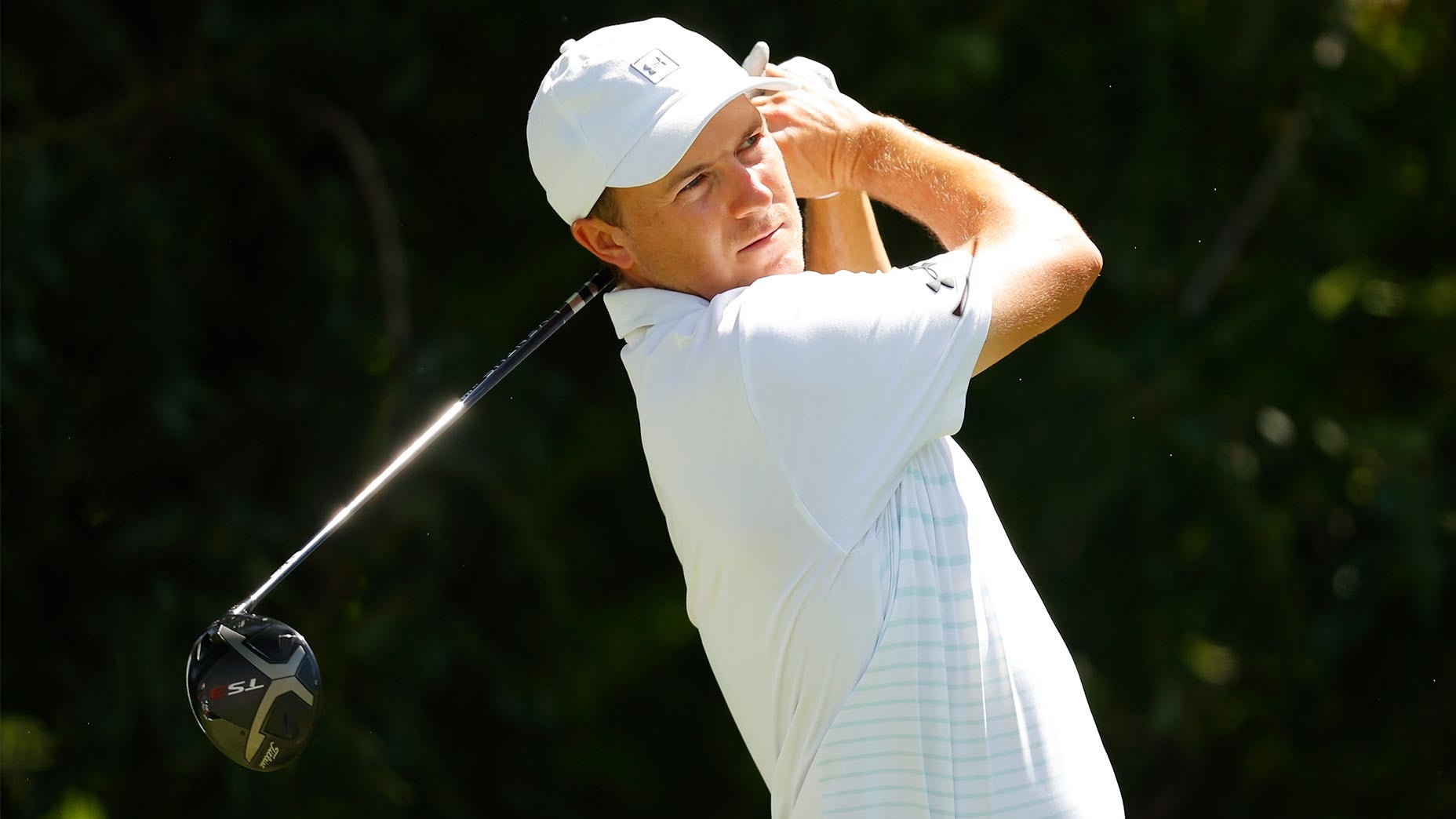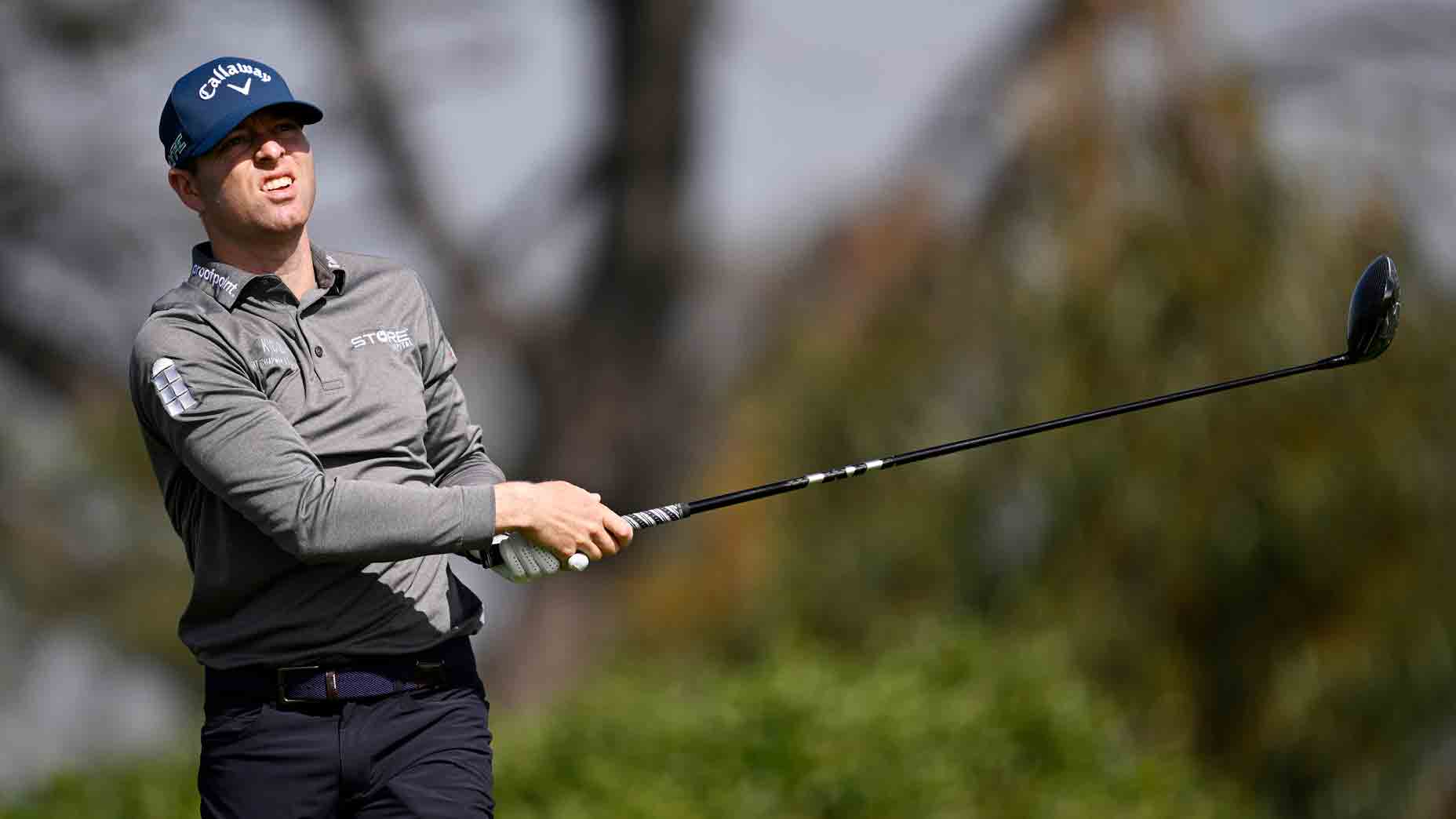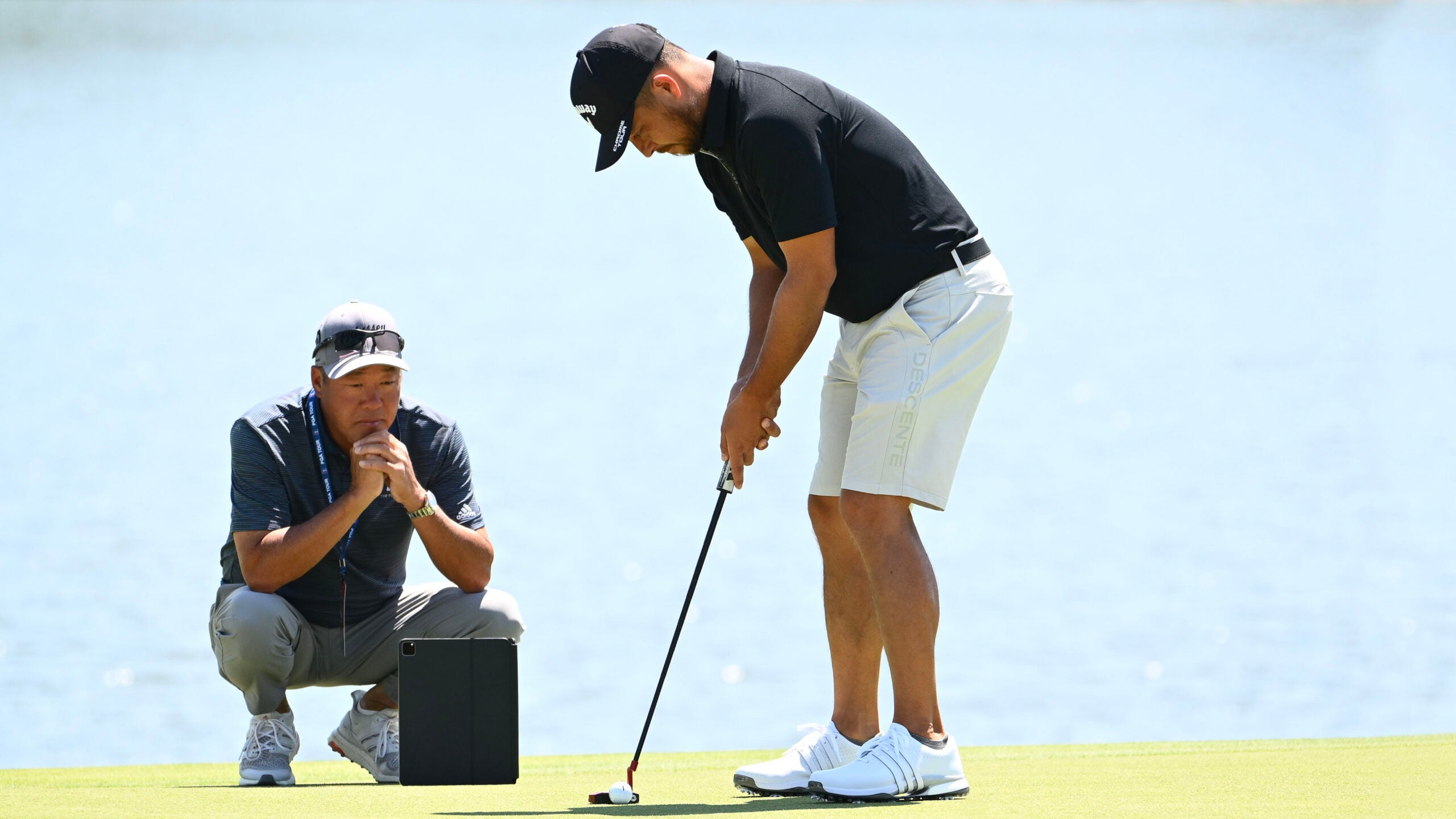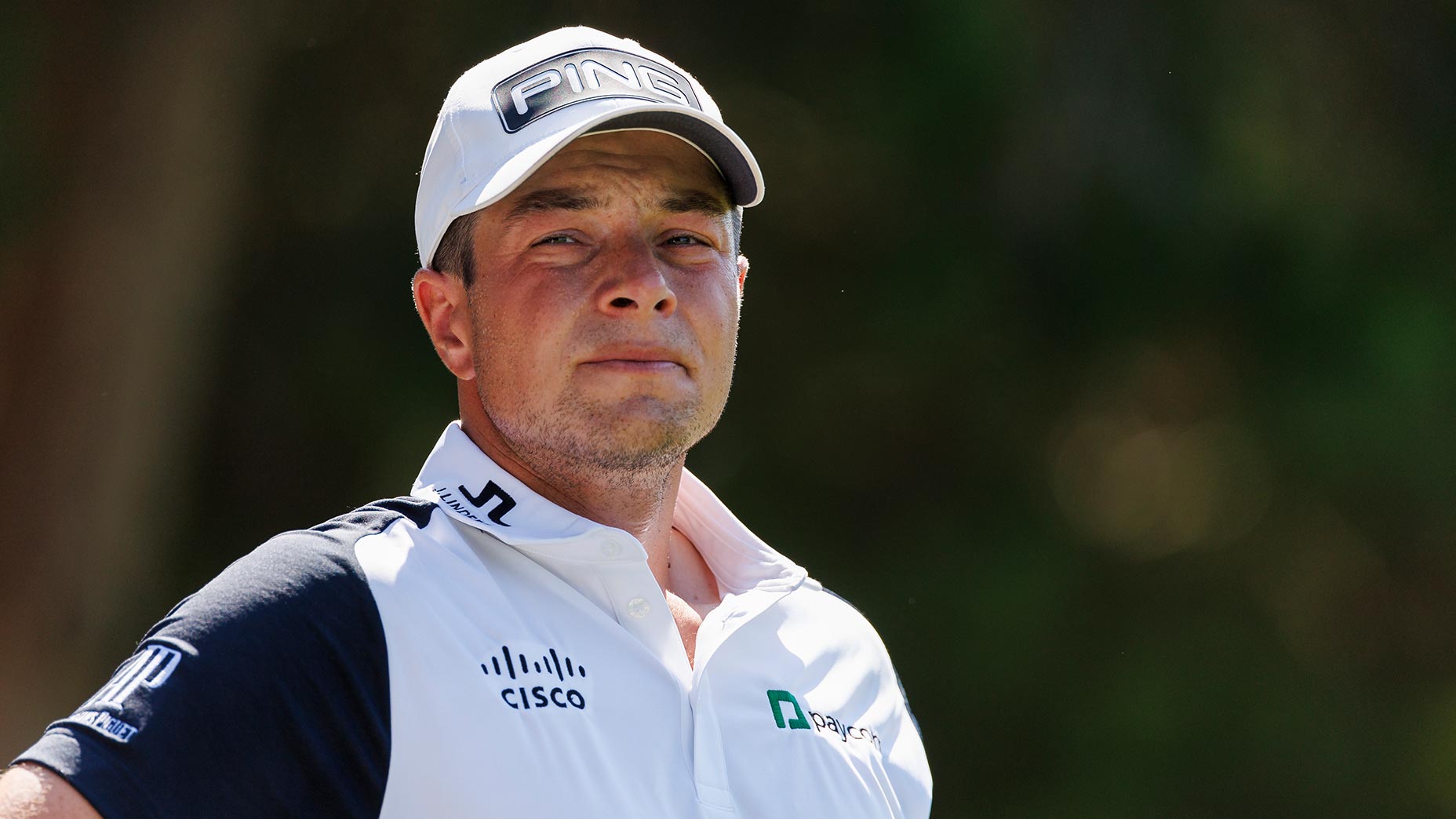FORT WORTH, Texas — The bubble is a noble idea. That is, players and caddies and officials — the essential workers of the PGA Tour — in a germless chamber where there are only scores on scorecards and live action for untold millions of home viewers craving it.
But one day into this unprecedented five-week run of spectator-free golf on the PGA Tour, one thing is clear: there is no bubble.
The players are staying here and there and the caddies are, too. That is, in the four Tour-designated official hotels and in other accommodations, too. They’re eating … wherever. They traveled here in their own cars, on commercial flights, in private planes. They’re not sheep. Professional golfers are funny. They may look and sound like conformists. A well-honed act.
To be sure, nobody is confusing the Colonial Country Club with the O.K. Corral. Not by a longshot. There’s mandatory player and caddie testing for Covid-19 and a Tour directive to not shake hands. There were no knots of autograph-seekers by the red-brick clubhouse on Tuesday, no crowded spectator shuttle buses heading to and from the vast parking lots on the TCU campus. The Tuesday practice round at the Colonial Country Club was, surely, not like the 70 or so that preceded it. In 1946, when Ben Hogan won the first event here, he had to be more in a bubble than any of the 148 players in the field this week for the Charles Schwab Challenge.
Charles Schwab, by the way, the actual human being, is 82 and can shoot his age when the moon and the stars align. He lives in northern California, where life in this time of Covid comes with strict (but easing) requirements. You won’t see fist-bumping on northern California courses, not in this odd spring of 2020. You did see it Tuesday at Colonial, knuckles connecting, low-speed, chest-high. Guys hadn’t seen each other in weeks or months. Human beings crave intimacy, and fit athletes in their prime are immune from this virus that’s traveling without a passport.
One of those two statements is true.
Some players and caddies, as they gathered on the 1st tee or 10th tee at the start of a practice round, made no effort to keep six feet apart. Likewise, some players and caddies were handing clubs back-and-forth as they normally would. They’re outside, in a hot wind. Nobody has ever confused tournament golf with meal-distribution at a nursing home. Around the clubhouse, in the club’s traditional milling areas, there was one instructor wearing his mask around his left upper arm, like an old-school USGA arm bandage. A few caddies wore them. The players did not.
You did see a few things you typically don’t. There was Jason Day, carrying around his lunch outside like he was playing junior golf again, his sandwich in a plastic case, his Coke in a plastic bottle. There will be no buffets, a hallmark of Tour life for players and their families, at Colonial this week. There won’t be at the big downtown hotels — the Omni, the Renaissance — either. This is the Tour’s Return to Golf. Nobody is pretending it’s Picking Up Right Where We Left Off.

After a three-month forced break, it was great to be on campus. I made my first trip to Colonial in 1986 and it’s amazing how little things have changed, when you drill down into it. (Bernhard Langer was in the field that week, and he’s in the field this week.) I’m talking about the course and the occasion: golfers gathered with go-low dreams. The practice putting green: packed. The pitching area: packed. The driving range: packed. Balls and chatter in the air. It felt like the first day of spring training, except for the heat. You know what they say about absence.
I’m out of practice. On my PHL-DFW American flight, I was jamming my backpack into the same overhead bin space as my little carry-on duffel. A flight attendant approached, startling me. “Here,” she said kindly, opening a neighboring bin that had not one thing in it.
Compared to where New York and California have been for much of this spring, Texas has often been described as “open” in various cable-news accounts. But the Dallas-Fort Worth Airport was empty Monday night. There was not a soul in the sprawling lobby of the Renaissance hotel on Tuesday morning. A napping dog at Second and Main would do just fine.
Through the day, various golfers have been available to reporters, including Jordan Spieth and Harold Varner, two of the game’s bright originals. The setting was intimate, sort of. The players sat in the Colonial pro shop. The dozen or so reporters on site here were 300 yards away, in a converted indoor tennis facility, watching via a conferencing app called Microsoft Teams Meeting. The 3 p.m. press conference with Dustin Johnson was postponed until Wednesday. I think Christina Lance of the LPGA didn’t get the message. She appeared on my laptop screen for about 10 minutes, waiting patiently for an event that did not happen. There’s always tomorrow.
If Wednesday is like Tuesday here — and it will be — the daytime highs will be well into the 90s. A trick-of-the-trade, one caddie was saying on Tuesday, is to put your forehead in front of your car’s air-conditioner, before submitting to the mandatory forehead temperature check at the entrance. You know if you’re healthy enough to be here. But that no-touch thermometer pointed at your forehead might not.
Michael Bamberger welcomes your comments at Michael_Bamberger@golf.com.










